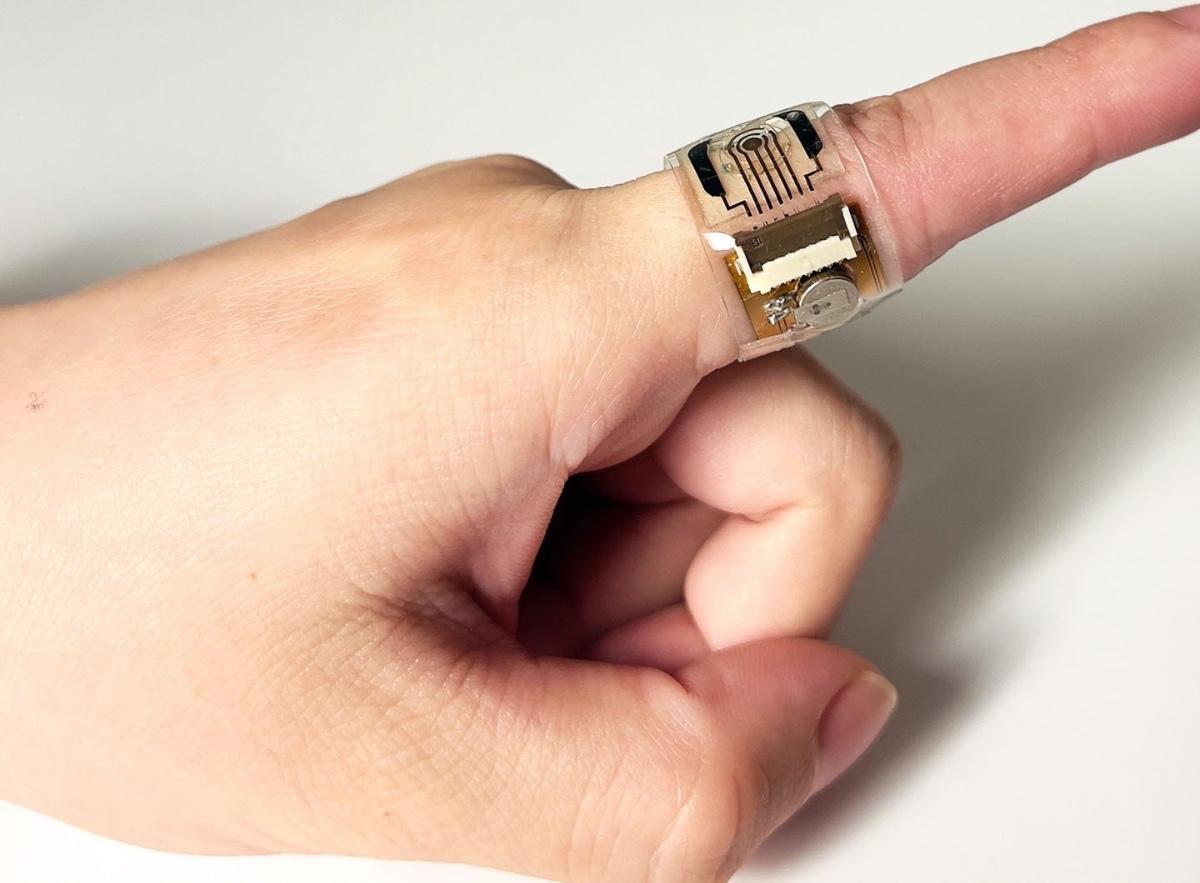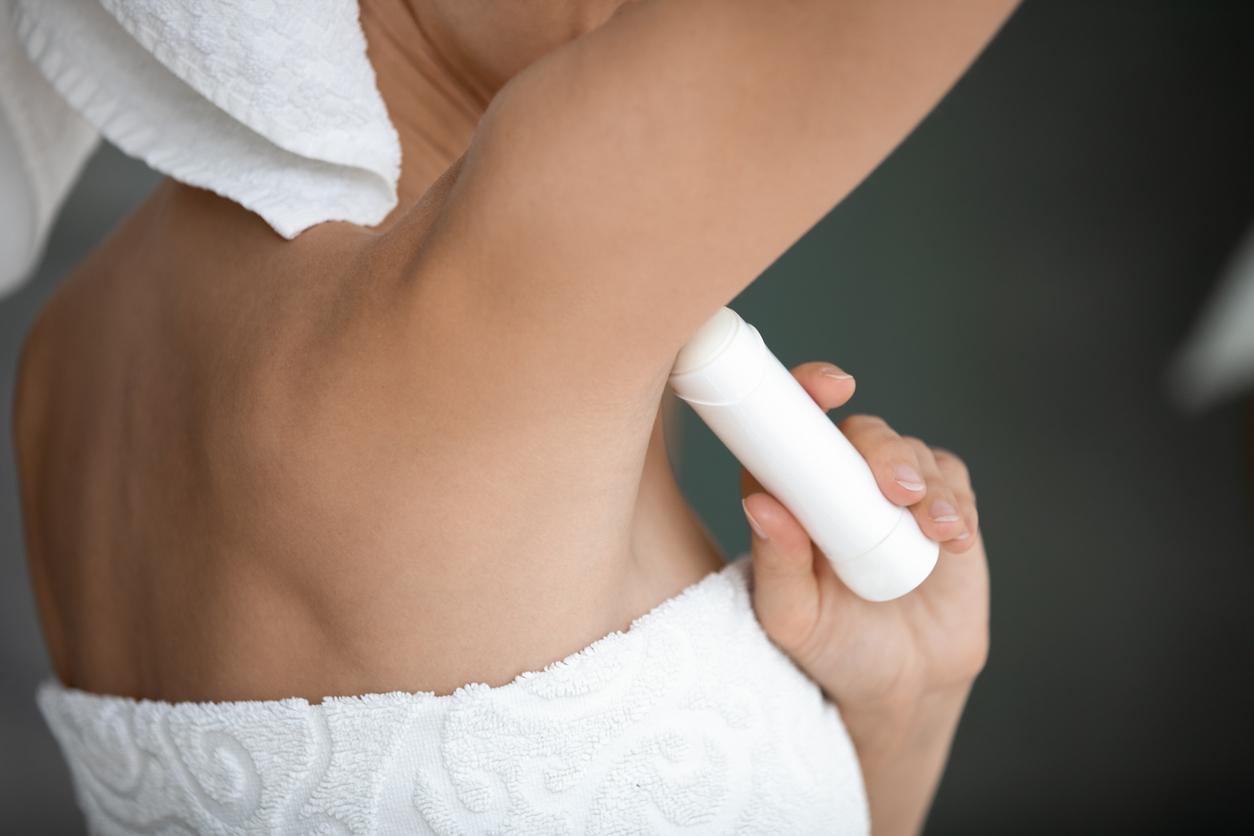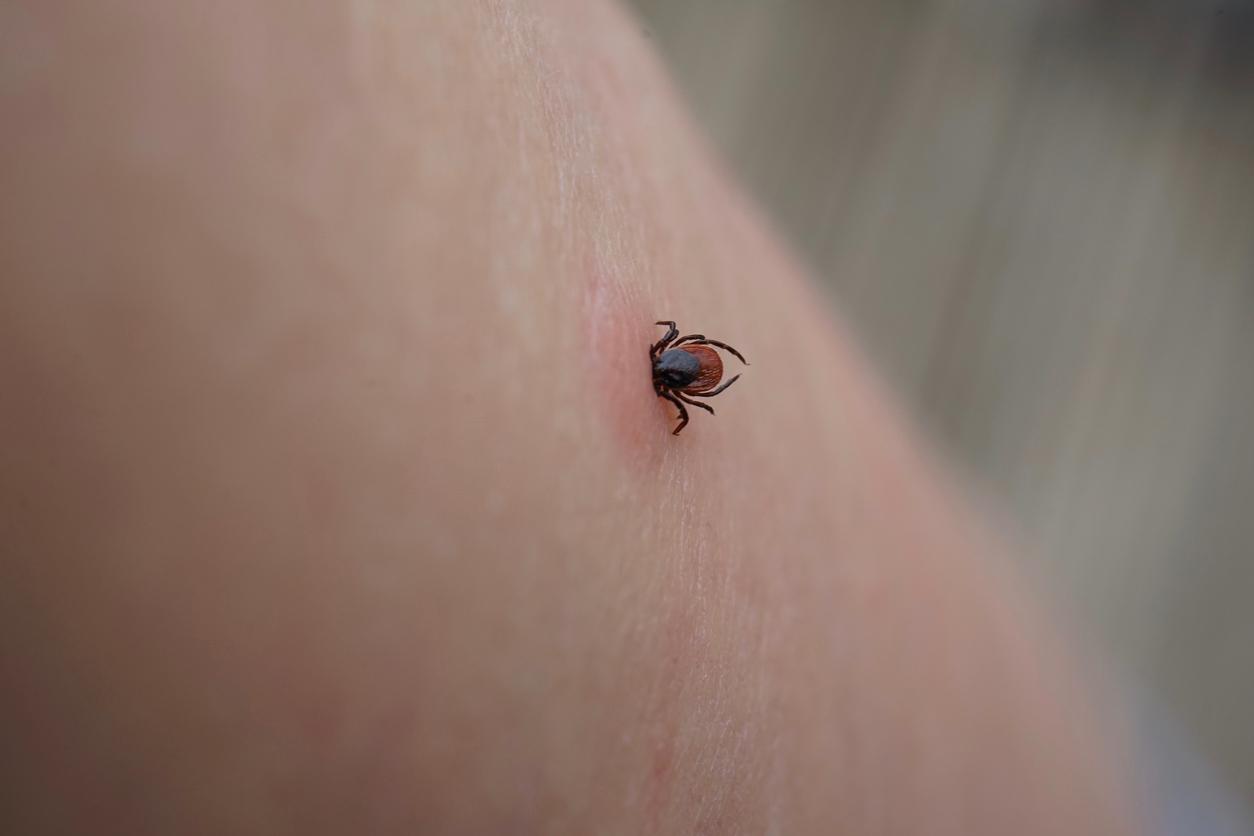Caltech researchers have developed a wearable sensor that monitors estrogen by detecting its presence in sweat.

- Caltech researchers have developed a patch that can determine the level of estradiol, a type of estrogen, in sweat.
- This invention could be useful to women who want to become pregnant or those following hormone replacement therapy who need to know their estrogen levels precisely.
- Scientists are continuing their work to miniaturize the sensors and thus be able to put them in rings.
These last years, Wei Gao, assistant professor of medical engineering and researcher at Legacy Medical Research Institutehas developed patches capable of detecting a wide range of substances in sweat, ranging from cortisol associated with stress to the Covid-19 virus. Following these successes, many people have expressed interest in developing a similar sensor capable of measuring female hormones. In response to this request, Professor Gao and her team created a wearable patch that monitors levels of estradiol, the primary estrogen secreted by the ovaries.
This new device was featured in the September 28 issue of Nature Nanotechnology.
Female hormone: the patch measures estradiol levels in real time
The main challenge for the team Caltech when developing the device was that estradiol, which is already present at fairly low levels in the blood, is also 50 times less concentrated in sweat. “It’s such a low concentration, it’s very difficult to automatically detect estradiol in sweat.”confirms Wei Gao in a communicated.
They decided toto use single-stranded DNA, known as an aptamer, and gold nanoparticles to detect this female hormone in sweat. When the aptamer comes into contact with estradiol, it releases a redox signaling molecule which is captured by an electrode of the device. This generates an electrical signal proportional to the estradiol level. Additionally, the sensor collects information on sweat pH, salt levels and skin temperature. This allows calibration for even more precise measurements. All of the data collected by the patch sensor is then transmitted to an application installed on a smartphone. The user can monitor their estrogen levels almost in real time.
A useful invention for pregnancy plans andhormone replacement therapy
Laboratory tests have confirmed that the sensor can reliably and accurately track changes in estradiol levels in sweat over the reproductive cycle, from the lowest level during menstruation to the highest during the reproductive cycle. either during ovulation (about 10 times more important).
This detailed monitoring of estradiol levels has many advantages for women seeking to conceive a child naturally or through fertilization. in vitro since they can know precisely their ovulation period. It can also be useful for patients undergoing hormone replacement therapy. Their estrogen level must, in fact, be closely monitored to ensure that they have the right dose.
Estrogen levels: soon a portable ring?
The researchers of Caltech want to extend this technology to allow monitoring of other sex hormones, such as luteinizing hormone or progesterone. By combining the tracking of multiple hormones, it would be possible to obtain an even more complete picture of women’s hormonal health.
Additionally, the team plans to miniaturize the patch’s sensors so they can be integrated into wearable rings. These future developments would open new avenues for monitoring women’s health and provide a convenient and discreet solution for measuring their hormones.















